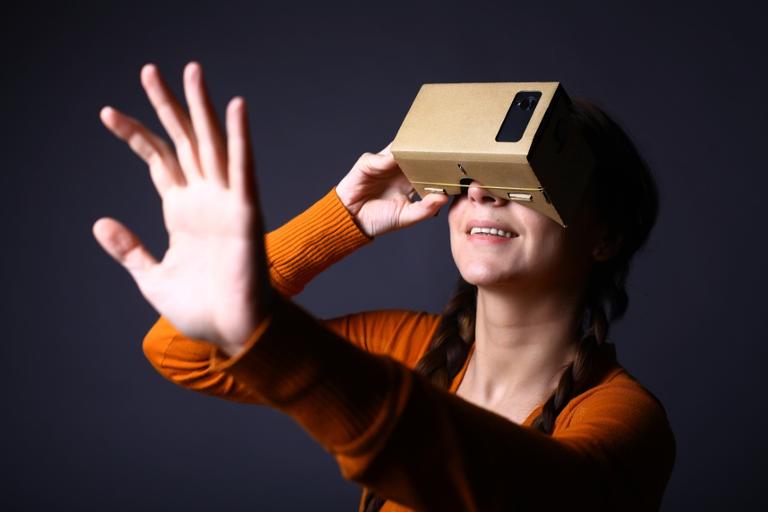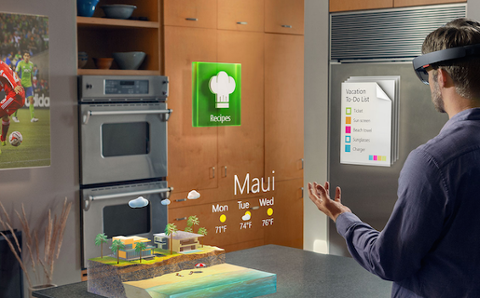Apple is building a large “secret team” for a foray into virtual reality, according to
the Financial Times. If confirmed, that would mean Apple plans on joining Google, HTC, Facebook, Sony, and Samsung in the virtual-reality space. Each of those companies already has well-developed plans to release a VR headset within the next few years. The potential stakes are huge: last year, consulting and investment firm Digi-Capital estimated the size of the augmented- and virtual-reality market
at $150 billion by 2020—what technology company wouldn’t want a big slice of that? Apple has a long history of waiting to see how its competitors perform in a particular space before launching its own product. In that sense, the company is more of a “fast follower” than a pioneering innovator, although its hardware and software features often end up mimicked by rivals. Although the iPhone wasn’t the first smartphone, nor the iPad the first tablet, their polished UX and sleek design helped elevate both devices to blockbuster status. In theory, Apple could do something similar with virtual-reality headsets: wait to see how devices such as Oculus Rift perform on the open market, and release a competitor that takes user needs into account. But it takes time to develop that sort of capability in-house, which is why Apple is presumably ramping up staff now.
Getting Into VR
If you want a job building virtual-reality apps and games, you’ll need to master some key skills. First and foremost is graphics programming, including 3D modeling. VR companies have SDKs with which you’ll need to become familiar; for example,
Oculus has its SDK 0.8 available for download, which includes support for Windows 10. Google Cardboard
also has an SDK; for that one, knowledge of
OpenGL is considered useful. Beyond knowing specific programming languages and SDKs, developers focusing on VR have an altogether different list of considerations than those who build software for “real world” screens. Development tasks associated with VR include head tracking and 3D calibration, side-by-side rendering, and making sure that audio and visual sync up. It’s not just a matter of programming—it’s a different way of thinking about how software works. (Knowledge of mobile development, which features some similar issues, is helpful.) It’s also important to remember that, while big companies such as Google and Facebook are plunging into this space, the bulk of development work in coming years will probably be done at smaller companies such as gaming startups. Just as smartphones kicked off a massive ecosystem with thousands of developers, virtual reality (if it takes off as a concept) could inspire multiple small companies to build for brand-name headsets.



